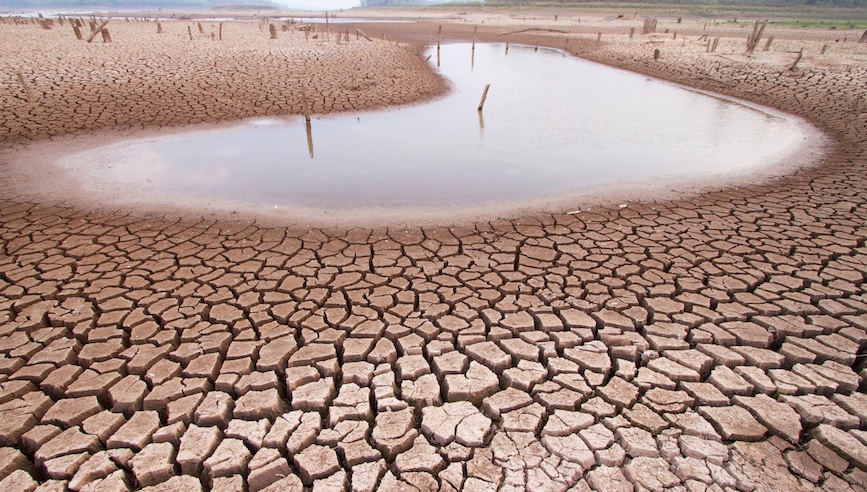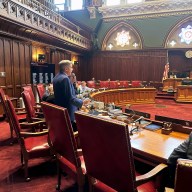More and more details are emerging about how climate change will develop in the world. A recently published research suggests that the poorest countries will become the most affected by abrupt and unusual temperature changes, many of them during the next decades.
The study was conducted by Sebastian Bathiany, an expert in climatology at the University of Wageningen, Netherlands, whose calculations indicate that the variations between the maximum and minimum temperatures will be broader and drastic, and that it is only a matter of time when we will start noticing them. Metro spoke with Bathiany to know more.
Looking ahead at the reality of climate change
Sebastian Bathiany, expert in climatology at the University of Wageningen, Netherlands
Q: In the research you state that poorest countries will suffer most from climate change.
–Scientists have shown that natural temperature swings in the tropics have negative impacts on agriculture but also on other parts of society. For example, the yield of crops can suffer from heat waves or cold anomalies. In poor countries, even people working indoors cannot cope as well with heat waves because they often lack air conditioning. Our study shows that the typical temperature fluctuations causing such economic damage will increase (typically by 10 percent) in tropical countries.
Q: Is there time to avoid humanity becoming a victim?
–I would not call us victims because we as humans are causing climate change. The more we reduce the emission of greenhouse gases, the better we can prevent the worst impacts from happening. It is true that the poorer countries have contributed to climate change much less, and are more vulnerable to its impacts. As our study also shows, their contribution to climate change has also been substantial in recent years for example because of tropical deforestation. Stopping the destruction of tropical forests can help to reduce greenhouse gas emissions.
Q: Your study marks the year 2100 as a key point. Why is that?
–Climate predictions are often shown for the year 2100 by convention. This sometimes makes us forget that climate change will not end there, but will continue for thousands of years if we do not reduce greenhouse gas emissions. The earlier and faster we reduce the emissions, the less harmful global warming will become.
Q: Why is the Amazon one of the most worrisome regions?
–The Amazon is predicted to become substantially drier as a result of greenhouse gas emissions. In the last years we observed developments that also point in that direction (for example there were strong droughts in 2005 and 2010). When the soil becomes drier, it cannot buffer temperature fluctuations as well anymore. Essentially, most of the available energy then goes into heating the air instead of evaporating water. That’s why temperature fluctuations tend to increase especially in the Amazon.
Q: What impact do factors such as the increase in population and the lack of resources have on climate change?
–Of course the fact that the world population is increasing rapidly makes it even more difficult to reduce emissions and to save resources. The countries where climate models predict an increased magnitude of temperature swings already share half of the world’s population, and population growth rates are particularly large in these countries. Therefore, the inequality that poor people bear the most impacts of climate change will probably become even worse in the future if greenhouse gas emissions are not reduced.
















